(在家觀看 = 0%,在校觀看 = 100%)
100% 在校觀看日期及時間:
自由選擇,點選以下地區觀看辦公時間及位置
旺角: 95折 $2,839 報名 phone

電話:2332-6544
觀塘: 9折 $2,689 報名 phone

電話:3563-8425
北角: 9折 $2,689 報名 phone

電話:3580-1893
沙田: 85折 $2,540 報名 phone

電話:2151-9360
屯門: 85折 $2,540 報名 phone

電話:3523-1560
課時: 36 小時
(24 小時課堂 + 12 小時於家中透過上網來控制本中心的器材及軟件,並依照筆記來進行實習)
享用時期: 8 星期 (可於報讀日至 4 星期內觀看整個課程,另加 4 星期備用時期)。進度由您控制,可快可慢。
課堂錄影導師:Larry
在校免費試睇:首 3 小時,請致電以上地點與本中心職員預約。
本課程提供在校免費重睇及導師解答服務。
(在家觀看 = 100%,在校觀看 = 0%)
100% 在家觀看日期及時間:
每天 24 小時全天候不限次數地觀看
學費:$2,988 報名 phone
電話:2332-6544
課時: 36 小時
(24 小時課堂 + 12 小時於家中透過上網來控制本中心的器材及軟件,並依照筆記來進行實習)
享用時期: 8 星期 (可於報讀日至 4 星期內觀看整個課程,另加 4 星期備用時期)。進度由您控制,可快可慢。
課堂錄影導師:Larry
在校免費試睇:首 3 小時,請致電以上地點與本中心職員預約。
本課程提供導師解答服務。
Cisco Systems Inc. 是全球第一的無線網路設備生產商,在世界各地設有 120 個以上的分支據點。Cisco 的無線網路產品包括 Wireless Clients (客戶端軟件及硬件)、Wireless Access Points (無線網路存取點)、Wireless Lan Controller (無線網路控制器)、IOS (Internetwork Operating System) 網路管理操作系統、Wireless Network Management (無線網路管理系統)、Mobility Service Engine (移動業務引擎)、Wireless Mesh Network (無線網狀網路) 等。全球的大企業、銀行、大學和政府機構之無線網路設備,無一不採用 Cisco 的產品,因此,管理 Cisco 無線網路設備便成為一門專業的學問。
為了能證明你有專業水準來安裝、設定及管理 Cisco 的無線網路產品,Cisco 便推出其 CCNA Wireless (Cisco Certified Network Associate - Wireless ) 國際認可考試。本中心的 CCNA Wireless 課程由 資深導師 Larry Chan 籌備多時,精心編排。由上堂、溫習、實習、考試研習、做試題至最後考試,均為你度身訂造,作出有系統的編排。務求真正教識你,又令你考試及格。
| 課程名稱: |
CCNA Wireless 國際認可證書課程 - 簡稱:CCNA Wireless Training Course |
| 課程時數: | 合共 36 小時 課堂 24 小時 (共 8 堂) 及實習時段 12 小時 (共 4 節) |
| 適合人士: | 具備 CCNA 知識的人士 |
| 授課語言: | 以廣東話為主,輔以英語 |
| 課程筆記: | 本中心導師親自編寫英文為主筆記,而部份英文字附有中文對照。 |
| 1. Larry Chan 親自教授: | Larry Chan 善於控制學習節奏,深入淺出,令學員在輕鬆氣氛下,掌握電腦技巧。 | ||||||
| 2. Larry Chan 親自編寫筆記: | Larry Chan 親自編寫筆記,絕對適合考試及實際管理網路之用,令你無須「死鋤」如字典般厚及不適合香港讀書格調的書本。 | ||||||
| 3. 提供模擬考試題目: | 本中心為學員提供充足的模擬考試題目,每條考試題目均附有標準答案。而較難理解的題目,均會附有 Larry Chan 的解釋。 | ||||||
| 4. 理論與實習並重: | 本中心的 CCNA Wireless 課程時數適中,合共 36 小時,令學員真正了解及掌握課程內容。
|
||||||
| 5. 免費重讀: | 傳統課堂學員可於課程結束後三個月內免費重看課堂錄影。 | ||||||
只要你於下列科目取得合格成績,以及擁有有效的 CCNA 證書,便可獲 Cisco 頒發 CCNA Wireless 國際認可證書:
|
本中心為 Cisco 指定的 CCNA Wireless 考試試場,報考時請致電本中心,登記欲報考之科目考試編號、考試日期及時間 (最快可即日報考)。 臨考試前要繳付考試費 HK$2,348,及必須出示下列兩項有效之身份證明文件,否則考生不可進行考試,而已繳付之考試費亦不會退回: 考試題目由澳洲考試中心傳送到你要應考的電腦,考試時以電腦作答。所有考試題目均為英文,而大多數的考試題目為單項選擇題 (意即 O) 或多項選擇題 (意即 口),其餘則為配對題及實戰題。作答完成後會立即出現你的分數,結果即考即知!考試不合格便可重新報考,不限次數。欲知道作答時間、題目總數、合格分數等詳細考試資料,可瀏覽本中心網頁 "各科考試分數資料"。 |
為進一步加強本中心 Cisco 的課程質素,本中心投放大量資源購買 Cisco 器材,以供學員進行實習。以下是本中心擁有的 Cisco 器材 (種類繁多,未能盡錄): |
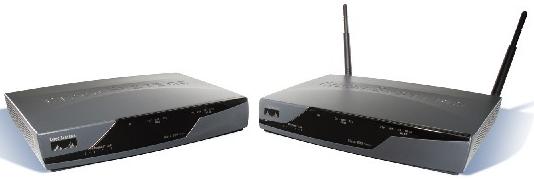 |
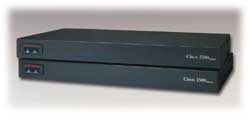 |
| Cisco Router 800 Series (ISR) | Cisco Router 2500 Series |
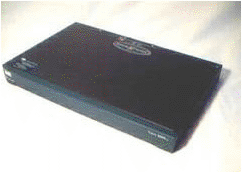 |
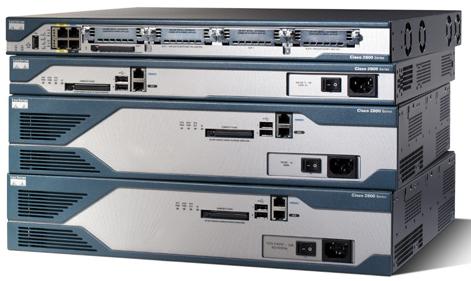 |
| Cisco Router 2600 Series | Cisco Router 2800 Series (ISR) |
 |
 |
| Cisco Router 2900 Series (ISR) | Cisco Router 3600 Series |
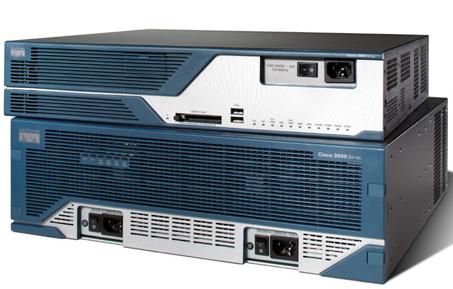 |
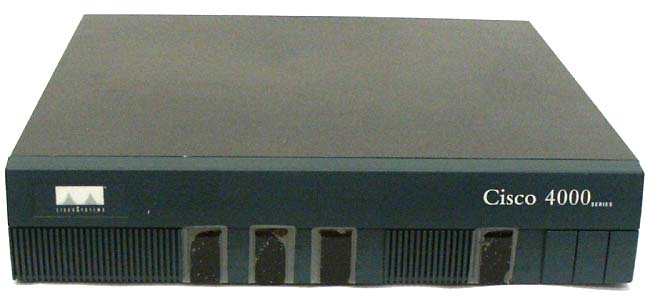 |
| Cisco Router 3800 Series (ISR) | Cisco Router 4000 Series |
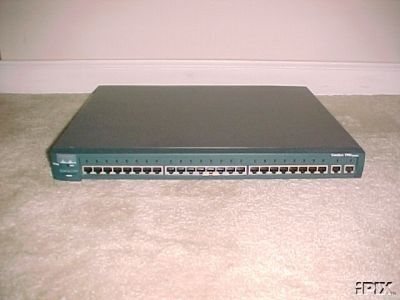 |
 |
| Cisco Catalyst Switch 1900 Series | Cisco Catalyst Switch 2950 Series |
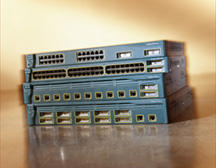 |
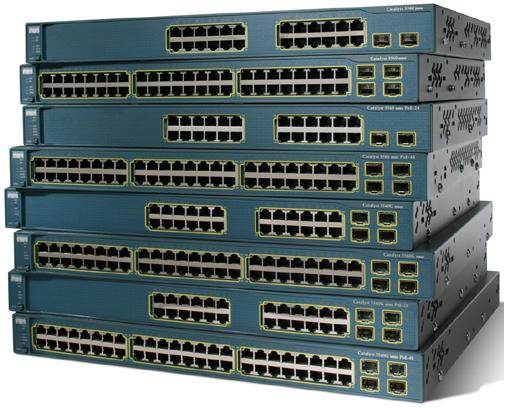 |
| Cisco Catalyst Multilayer Switch 3550 Series | Cisco Catalyst Multilayer Switch 3560 Series |
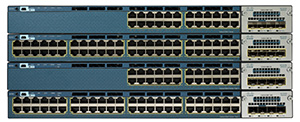 |
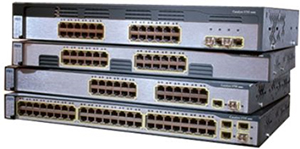 |
Cisco Catalyst Multilayer Switch 3560X Series |
Cisco Catalyst Multilayer Switch 3750G Series |
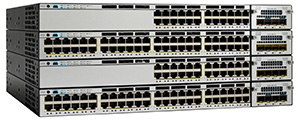 |
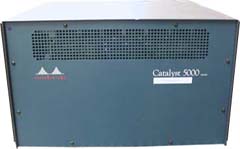 |
| Cisco Catalyst Multilayer Switch 3750X Series | Cisco Catalyst Multilayer Switch 5000 Series |
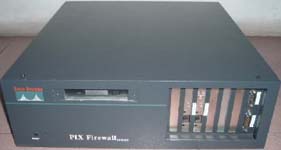 |
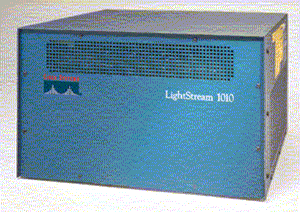 |
| Cisco PIX Firewall | Cisco LightStream 1010 ATM Switch |
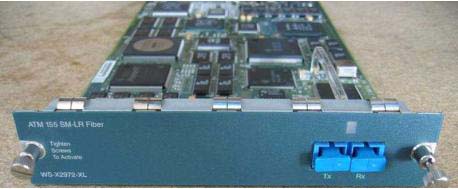 |
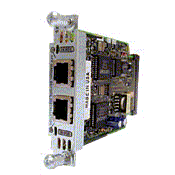 |
| Cisco ATM Module | Cisco FXS Voice Module |
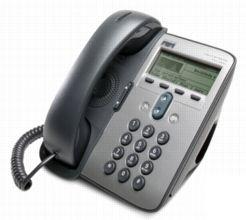 |
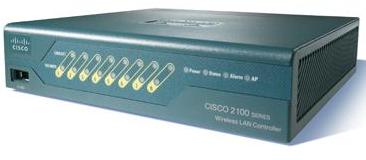 |
| Cisco IP Phone 7911G | Cisco Wireless LAN Controller 2106 |
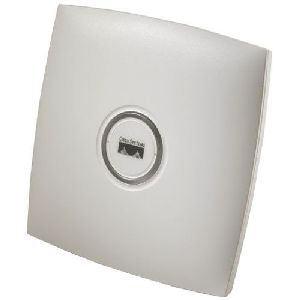 |
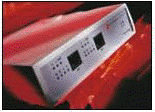 |
| Cisco Aironet Lightweight Access Point 1130AG | PSTN Simulator |
 |
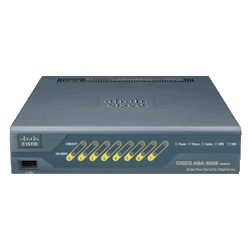 |
| ISDN Simulator | Cisco ASA 5505 |
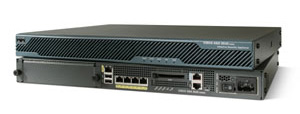 |
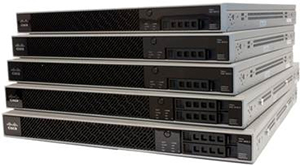 |
| Cisco ASA 5510 | Cisco ASA 5512X |
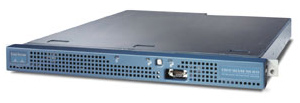 |
|
| Cisco IPS 4210 |
|
課程名稱:CCNA Wireless 國際認可證書課程 - 簡稱:CCNA Wireless Training Course |
1. Overview of Wireless Standards and Fundamentals
1.1 History of WLAN
1.2 Standards Organizations
1.3 Core, Distribution and Access
1.4 Communication Fundamentals
1.5 Understanding Keying Methods
2. Radio Frequency Fundamentals
2.1 Definition of Radio Frequency (RF) signal
2.2 Radio Frequency Characteristics
2.3 Radio Frequency Behaviors
3. Radio Frequency Components, Measurements and Math
3.1 RF Components
3.2 Units of Power and Comparison
3.3 RF Mathematics
3.4 Link Budget
3.5 Fade Margin / System Operating Margin
4. Radio Frequency Signal and Antenna Concepts
4.1 Active and Passive Gain
4.2 Azimuth and Elevation Charts
4.3 Interpreting Polar Charts
4.4 Beamwidth
4.5 Antenna Types
5. IEEE 802.11 Standards
5.1 Overview of the IEEE 802.11 Standard
5.2 IEEE 802.11 Ratified Amendments
5.3 IEEE 802.11 Draft Ammendments
5.4 Post-2012 Ratified Amendments and 802.11ac
5.5 HT Operation
5.6 HT Performance and Encryption
6. Wireless Networks and Spread Spectrum Technologies
6.1 Industrial, Scientific, and Medical (ISM) Bands
6.2 Unlicensed National Information Infrastructure (UNII) Bands
6.3 UNII-2e
6.4 Narrowband (窄頻) and Spread Spectrum (擴展頻譜)
6.5 Frequency Hopping Spread Spectrum (FHSS)
6.6 Direct Sequence Spread Spectrum (DSSS)
6.7 Orthogonal Frequency Division Multiplexing (OFDM 正交分頻多工)
6.8 2.4 GHz Channels
6.9 5 GHz Channels
6.10 Adjacent, Nonadjacent and Overlapping Channels
6.11 Throughput vs. Bandwidth
7. Wireless LAN Topologies
7.1 Wireless Networking Topologies
7.2 Wireless Wide Area Network (WWAN)
7.3 Wireless Metropolitan Area Network (WMAN)
7.4 Wireless Personal Area Network (WPAN)
7.5 802.11 Topologies
7.6 802.11 Configuration Modes
8. 802.11 Medium Access
8.1 CSMA/CA vs CSMA/CD
8.2 Distributed Coordination Function
8.3 Block Acknowledgement
8.4 Wi-Fi Multimedia (WMM)
9. 802.11 MAC Architecture
9.1 Packets, Frames, and Bits
9.2 Data Link Layer
9.3 Physical Layer
9.4 802.11 and 802.3 Interoperability
9.5 Three 802.11 Frame Type
9.6 Beacon Management Frame
9.7 Passive Scanning
9.8 Active Scanning
9.9 Authentication
9.10 Association
9.11 Authentication and Association States
9.12 Basic and Supported Rates
9.13 Roaming
9.14 Reassociation
9.15 Disassociation notification and Deauthentication notification
9.16 ACK Frame
9.17 Fragmentation
9.18 Protection Mechanism
9.19 RTS/CTS
9.20 CTS-to-self
9.21 Data Frames
9.22 Power Management
10. Delivering Packets from the Wireless to Wired Network
10.1 The Wireless Network Road Trip
11. Cisco Wireless Network Architecture
11.1 The Need for Centralized Control
11.2 The Cisco Solution
11.3 Supporting Multiple Networks
11.4 The CUWN Architecture
11.5 Access Points
11.6 Cisco Wireless LAN Controller
11.7 Wireless Network Management
12. Site Survey Tools and Process
12.1 Spectrum Analysis
12.2 Wireless Network Validation
12.3 Coverage Analysis
13. Configuring Cisco Aironet Access Point
13.1 Resetting Aironet Access Point to Factory Default
13.2 Obtaining and Assiging IP Address
13.3 Default Settings on the Express Setup Page and Basic Security Setup
13.4 Enabling Guest Mode globally
14. Wireless LAN Authentication Types
14.1 Understanding Open Authentication to the Access Point
14.2 Understanding Shared Key Authentication
14.3 Configuring Wi-Fi Protected Access
14.4 Configuring WPA2 Robust Security Network
14.5 Configuring MAC Authentication using locally configured MAC List
15. Enterprise Authentication Solution
15.1 Scenarios of using RADIUS authentication
15.2 Radius Operation
15.3 Configuring Radius Server and Aironet Access Point as Radius Client
15.4 Configuring Aironet Access Point to use Radius Authentication
15.5 Configuring EAP-TLS Authentication
16. Multiple SSID
16.1 Understanding Multiple SSID
16.2 Effect of IOS Software Versions on SSIDs
16.3 Creating SSID Globally
16.4 Configuring Apple iOS for RADIUS authentication to Cisco Wireless networks
17. Wireless Devices
17.1 Wireless LAN Client Devices
17.2 Progression of WLAN Architecture
18. Centralized WLAN Architecture
18.1 Lightweight AP
18.2 WLAN Controller
18.3 An exercise of Deploying Centralized WLAN Architecture
18.4 More about Wireless Lan Controller
19. Cisco Enterprise Mobility
19.1 Introduction to Enterprise Mobility
19.2 Wireless Guest Access Overview
19.3 Guest Access using the Cisco Unified Wireless Solution
19.4 WLAN Controller Guest Access
19.5 Auto Anchor Mobility to Support Wireless Guest Access
19.6 Anchor Controller Deployment Guidelines
19.7 Web Portal Authentication
19.8 User Redirection
19.9 An Example Mobility Group Configuration
19.10 Guest WLAN Configuration
19.11 Establishing the Guest WLAN Mobility Anchor
19.12 Guest WLAN Configuration on the Anchor WLC
19.13 Guest Account Management
19.14 Configuring External Web Redirection
 付款。
付款。